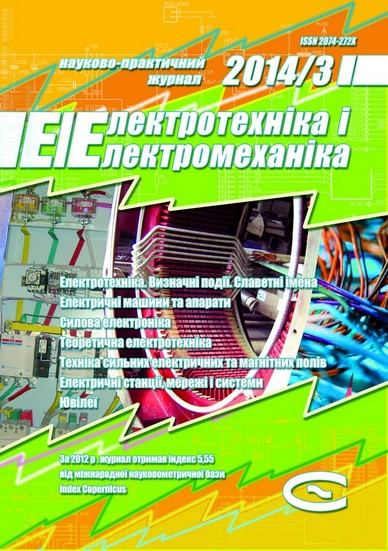OPTIMIZATION NOISE STABILITY BASED APPROACH TO CHANNEL ROUTING
DOI:
https://doi.org/10.20998/2074-272X.2014.3.08Keywords:
multi-layered digital system, crystal, design automation, topology, channel routing, optimizationAbstract
A solution to an efficiency improvement problem for microelectronic device topology design automation systems is obtained with allowance for noise stability. Noise-stable channel topology designing algorithms are introduced.
References
Shervani N. Algorithms for VLSI physical design automation. Kluwer Academic Publishers, USA, 1995. 538 p.
Yoshimura T., Kuh E.S. Efficient algorithms for channel routing. IEEE Trans. Comput.-Aided Des. Integrated Circuits & Syst., 1982, vol.1, no.1, pp. 25-35.
Burstein M. Channel routing. Layout Design and Verification, Elsevier Science, 1986, pp. 133-167.
Semenec V.V., Ivanov V.G. Analiz struktury zadachi proektirovanija topologii mikroelektronnyh ustrojstv. Radioelektronika i informatika, 2007, no.3, pp. 113-118.
Ivanov V.G. Razrabotka iteracionnyh algoritmov kanal'noj trassirovki. Avtomatizirovannye sistemy upravlenija i pribory avtomatiki, 2008, no.3/3(33), pp. 29-39.
Downloads
Published
How to Cite
Issue
Section
License
Copyright (c) 2015 V. G. Ivanov

This work is licensed under a Creative Commons Attribution-NonCommercial 4.0 International License.
Authors who publish with this journal agree to the following terms:
1. Authors retain copyright and grant the journal right of first publication with the work simultaneously licensed under a Creative Commons Attribution License that allows others to share the work with an acknowledgement of the work's authorship and initial publication in this journal.
2. Authors are able to enter into separate, additional contractual arrangements for the non-exclusive distribution of the journal's published version of the work (e.g., post it to an institutional repository or publish it in a book), with an acknowledgement of its initial publication in this journal.
3. Authors are permitted and encouraged to post their work online (e.g., in institutional repositories or on their website) prior to and during the submission process, as it can lead to productive exchanges, as well as earlier and greater citation of published work.





